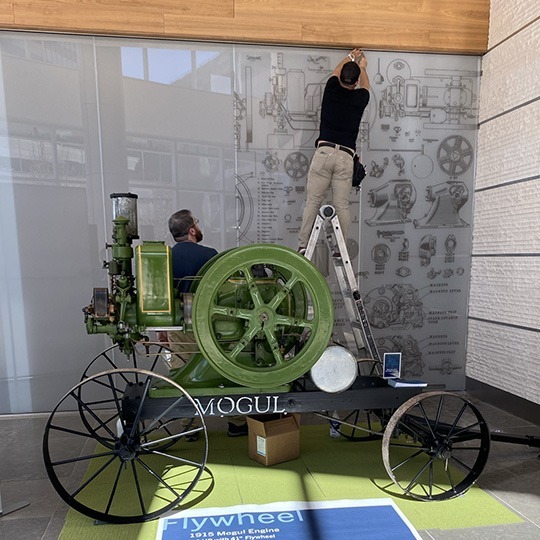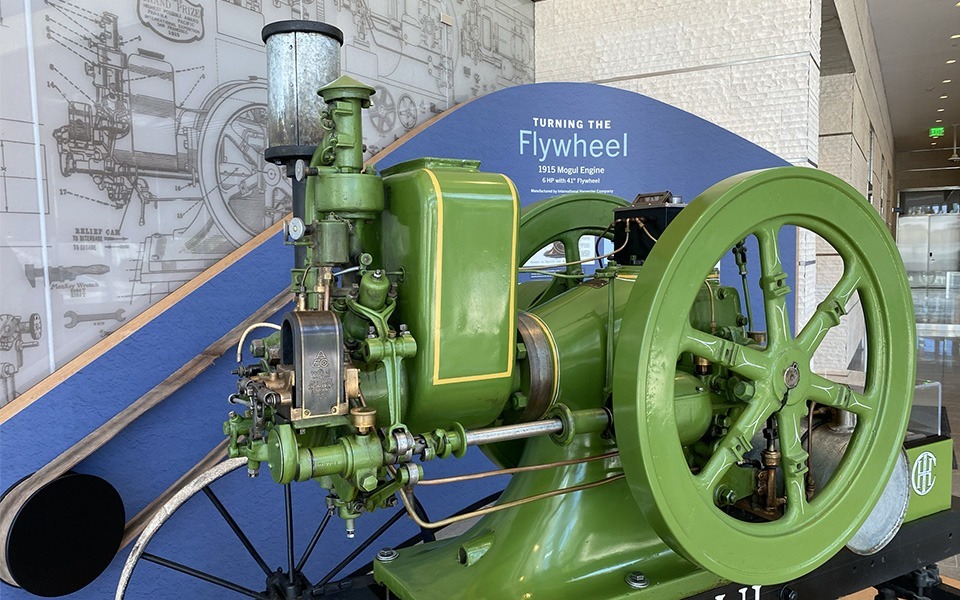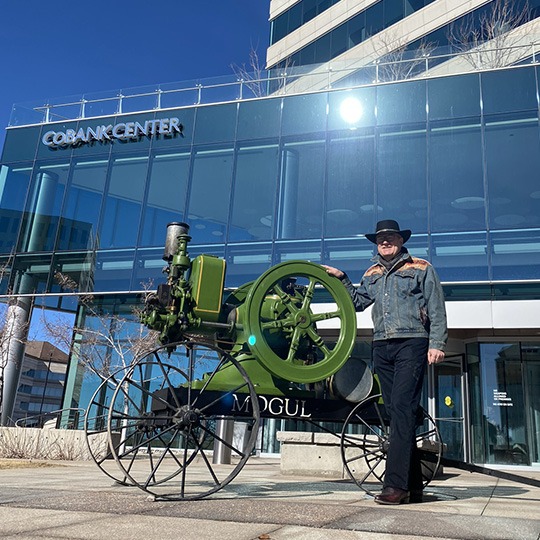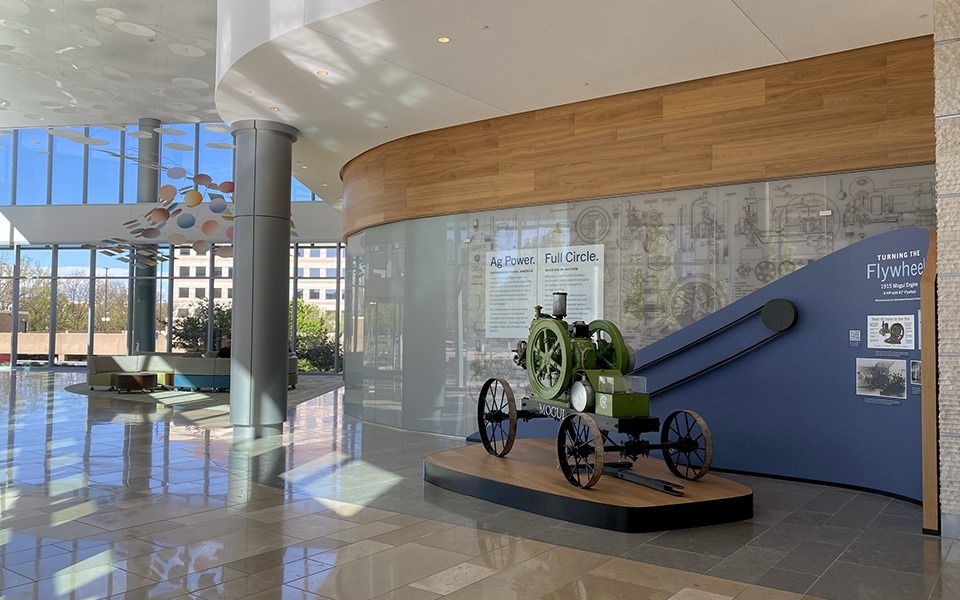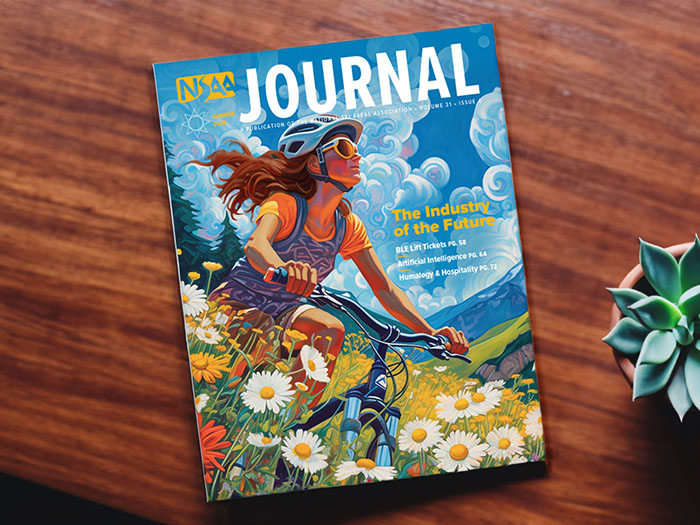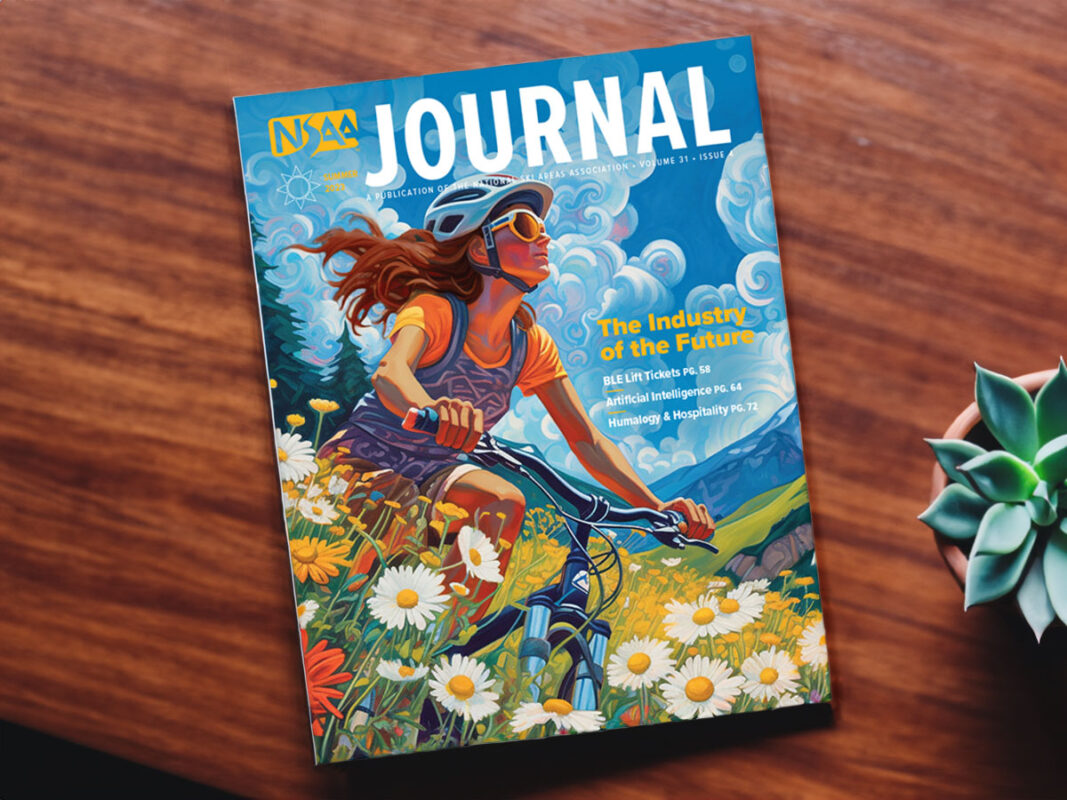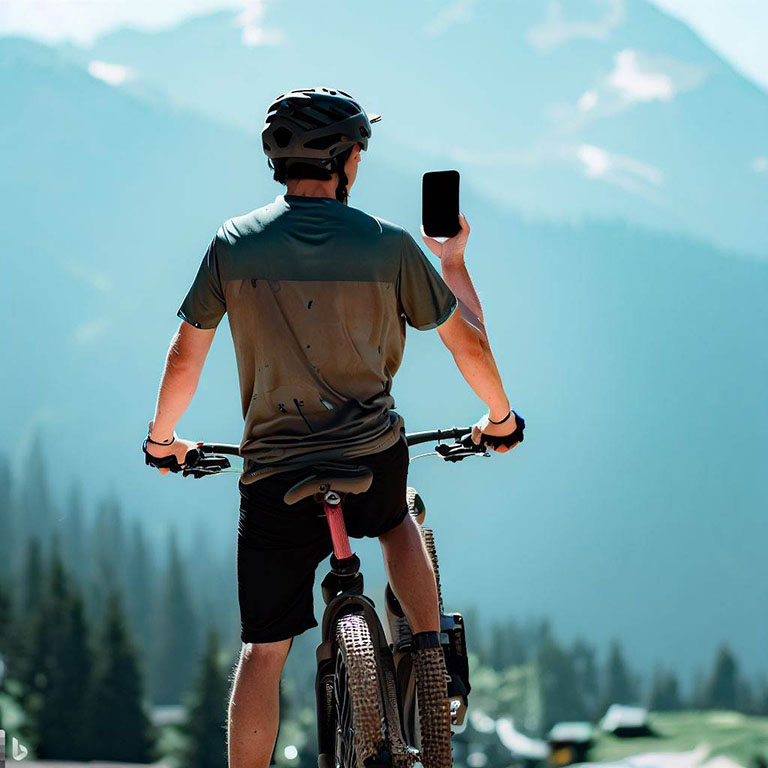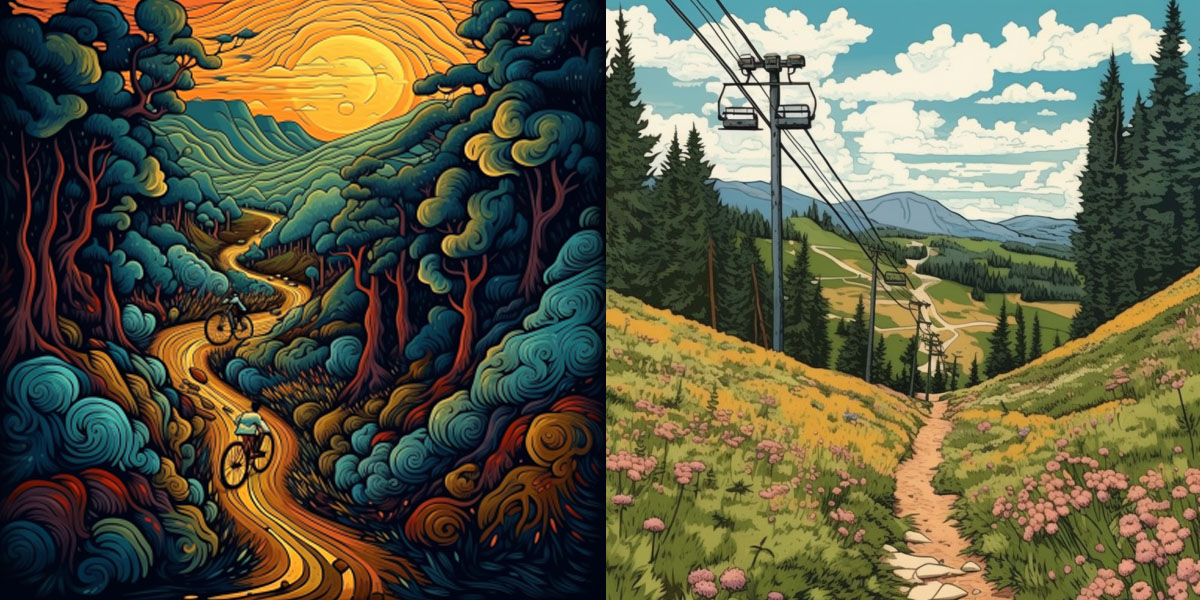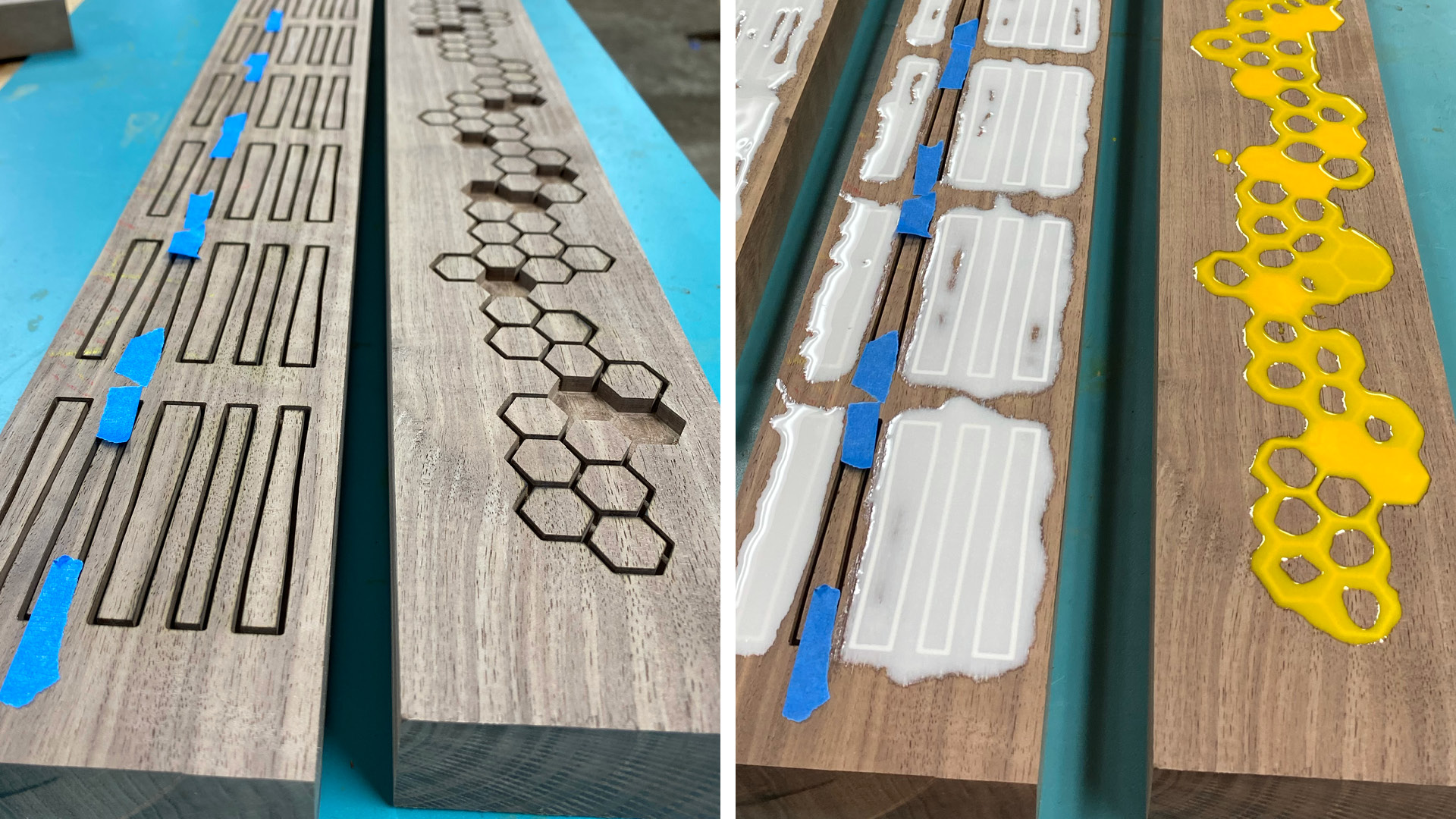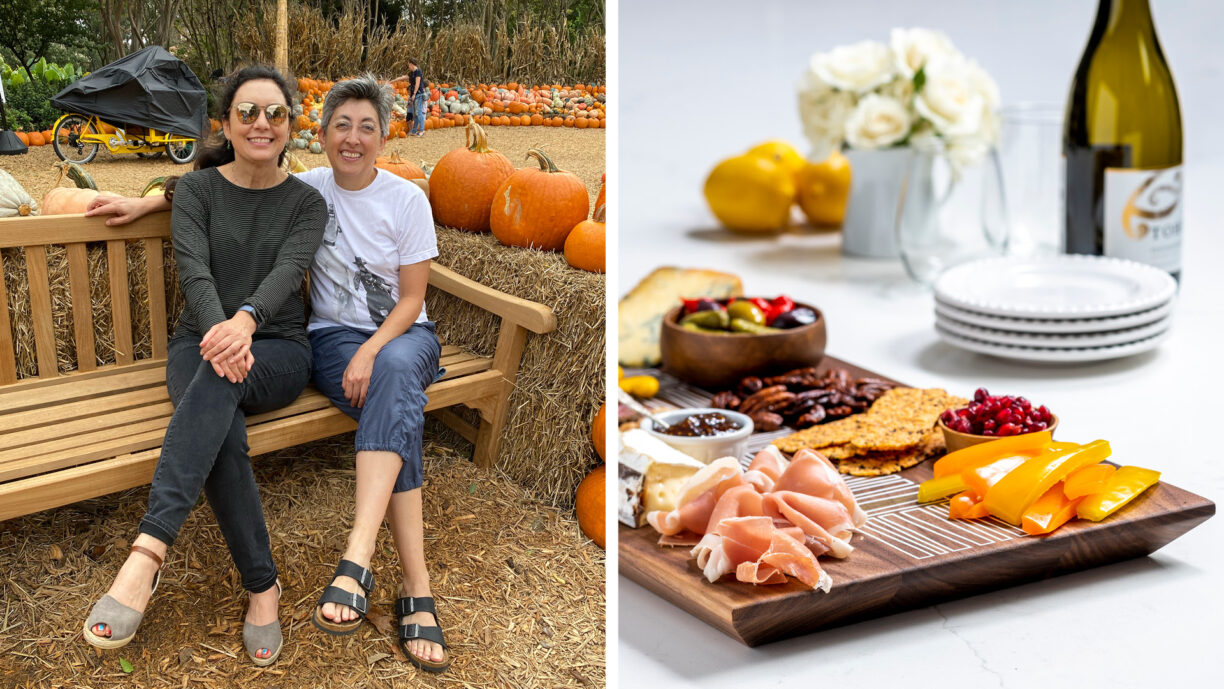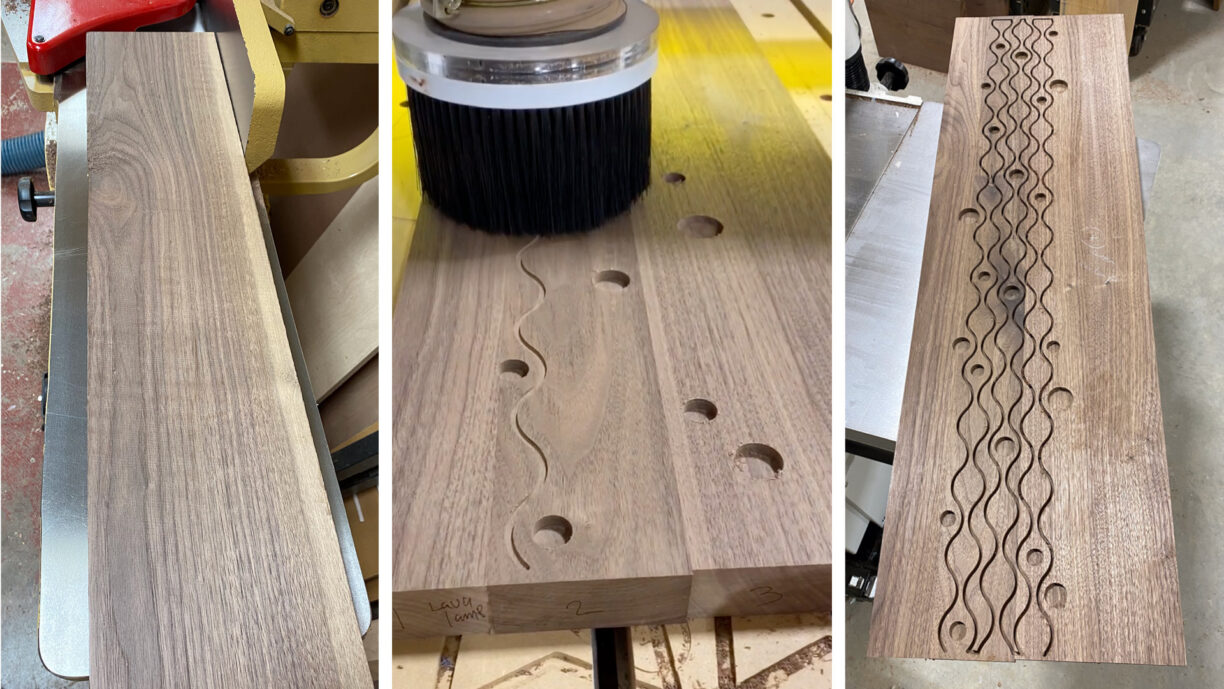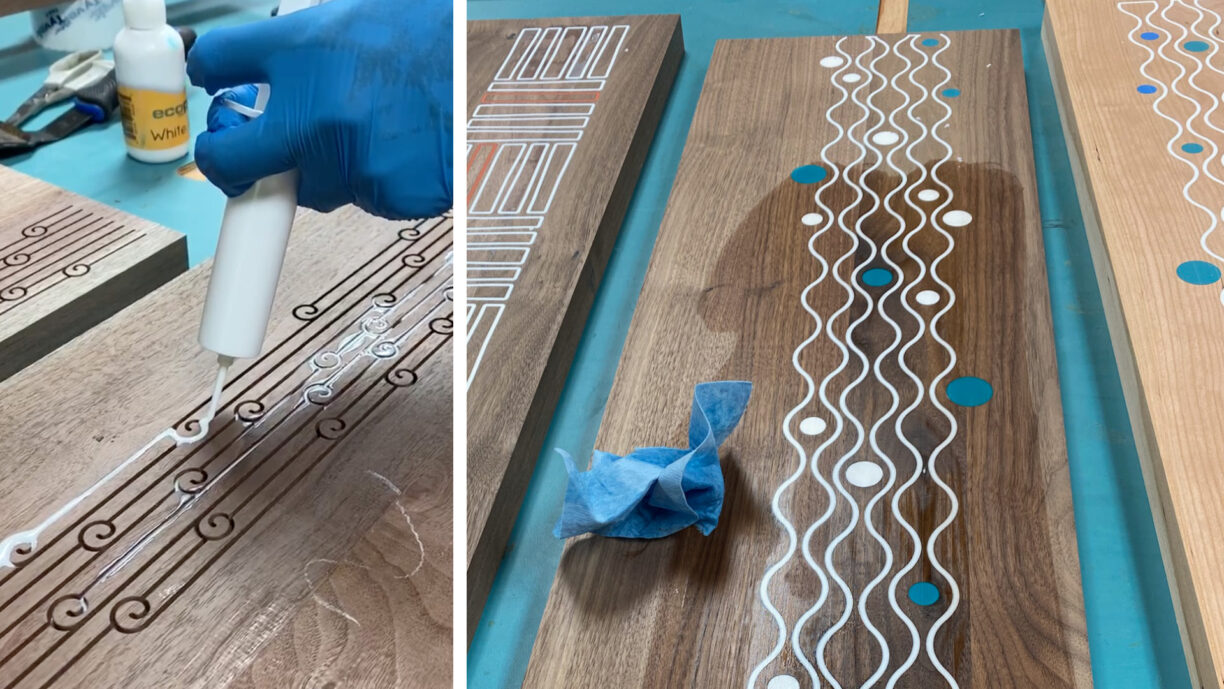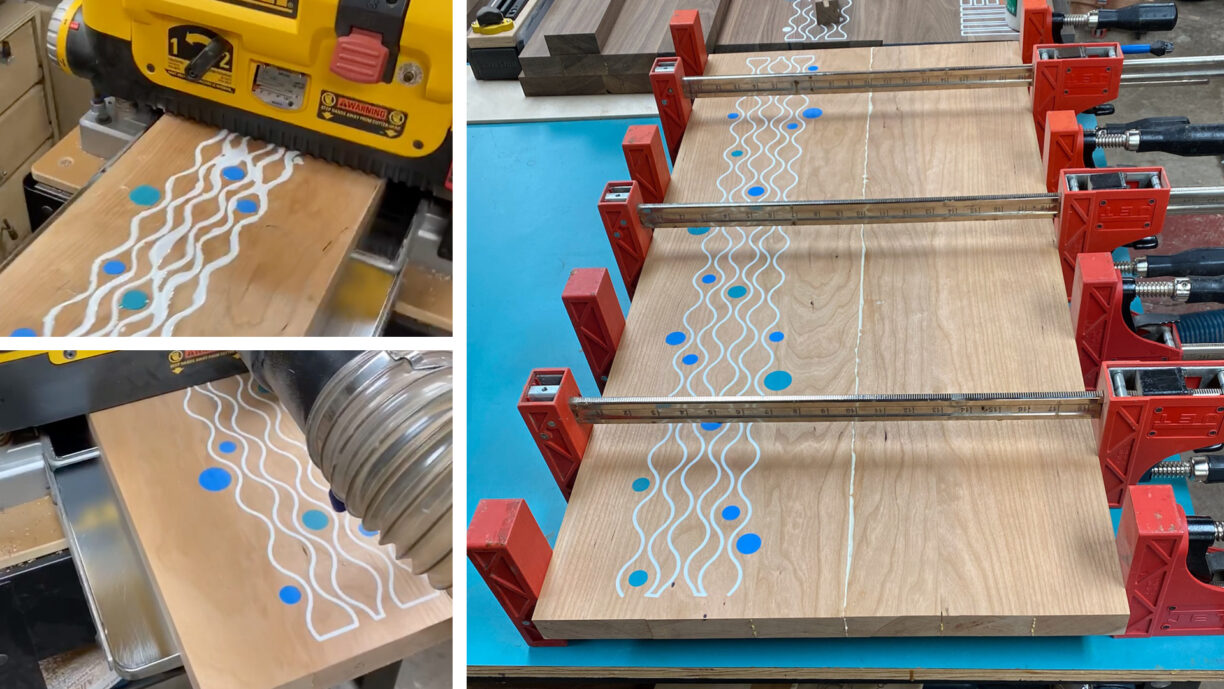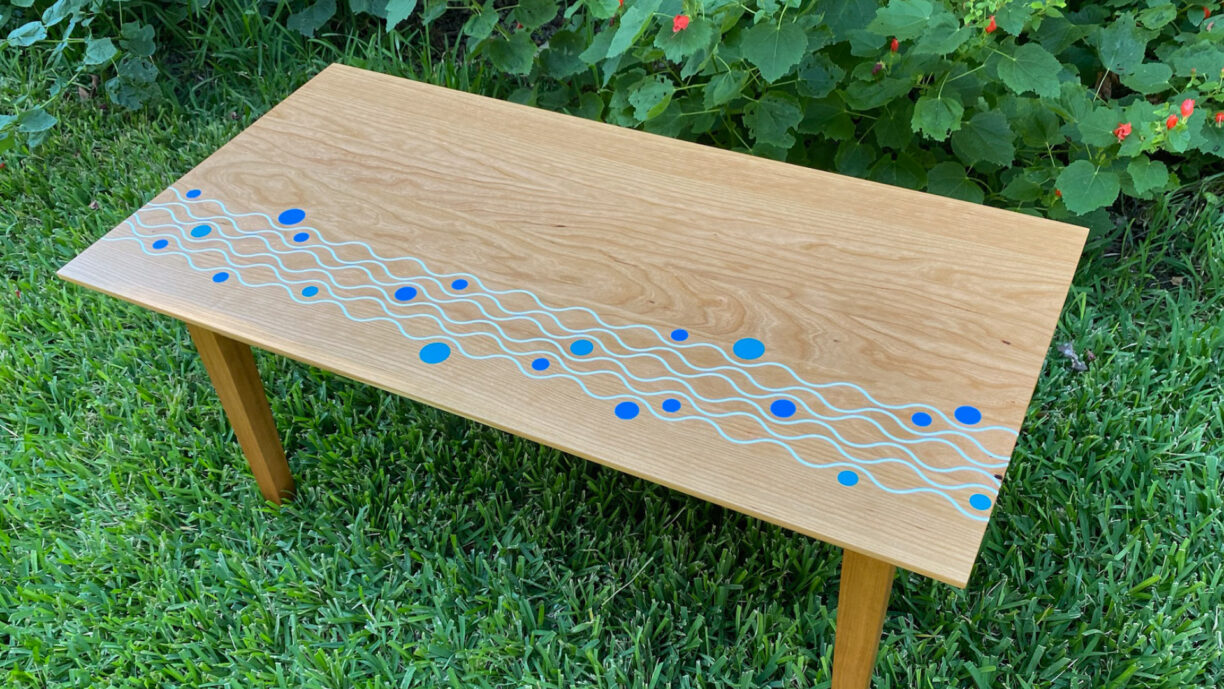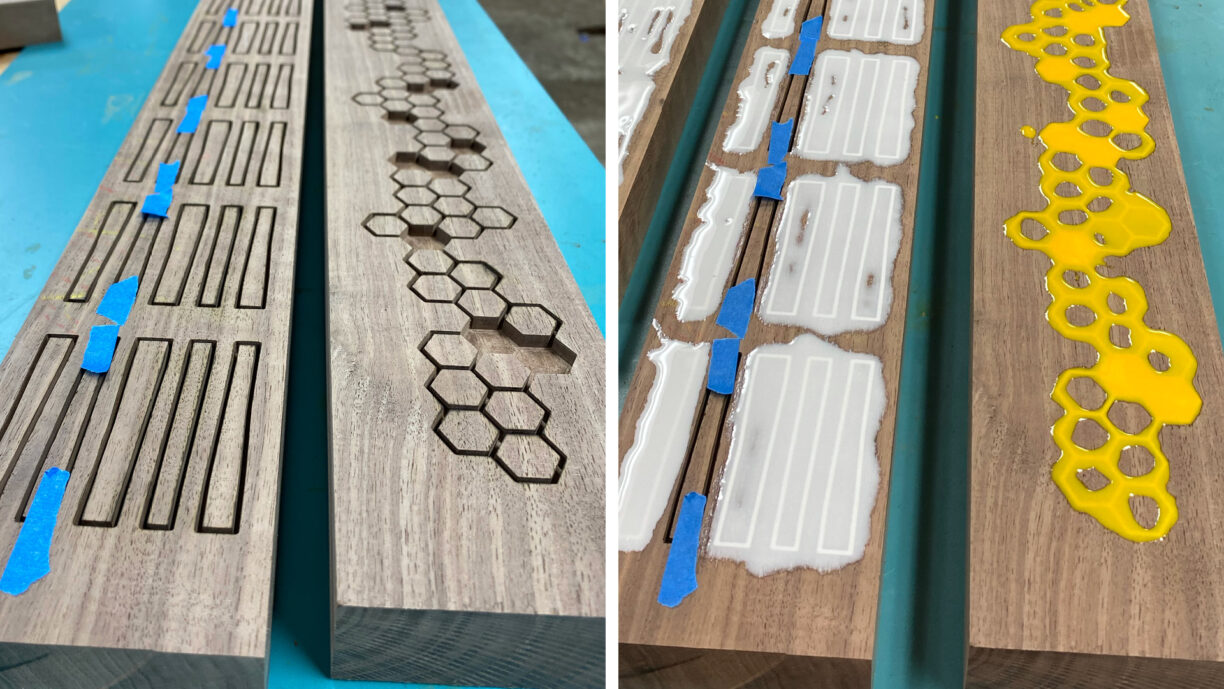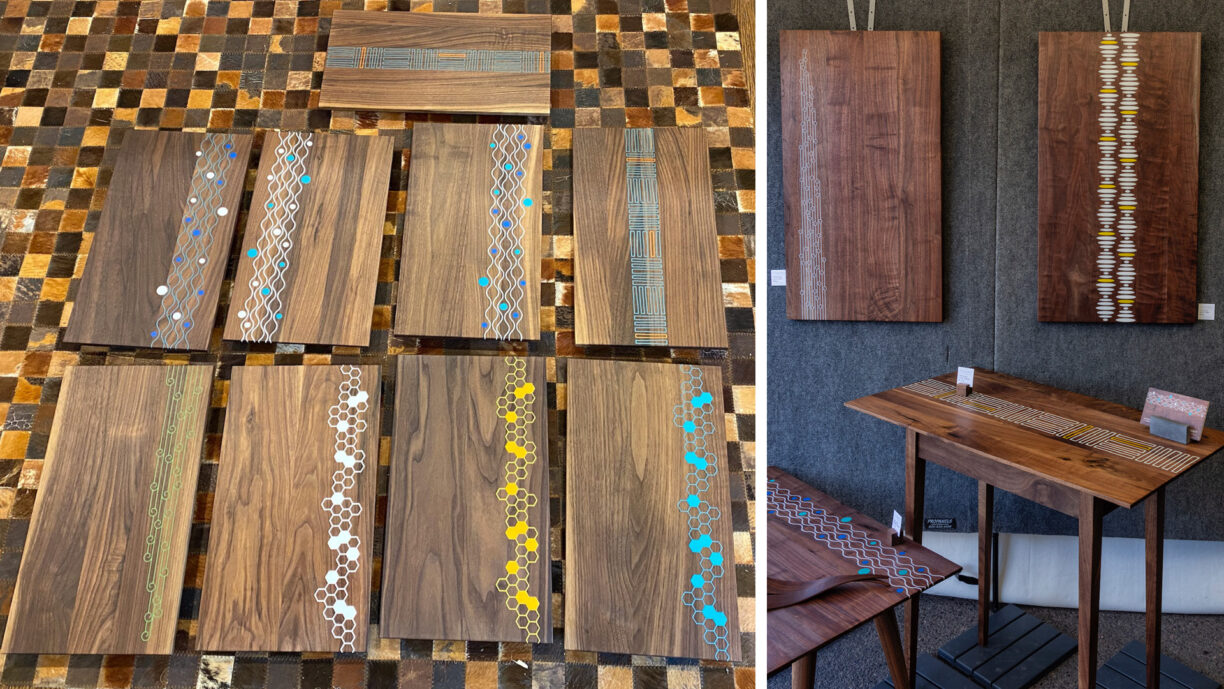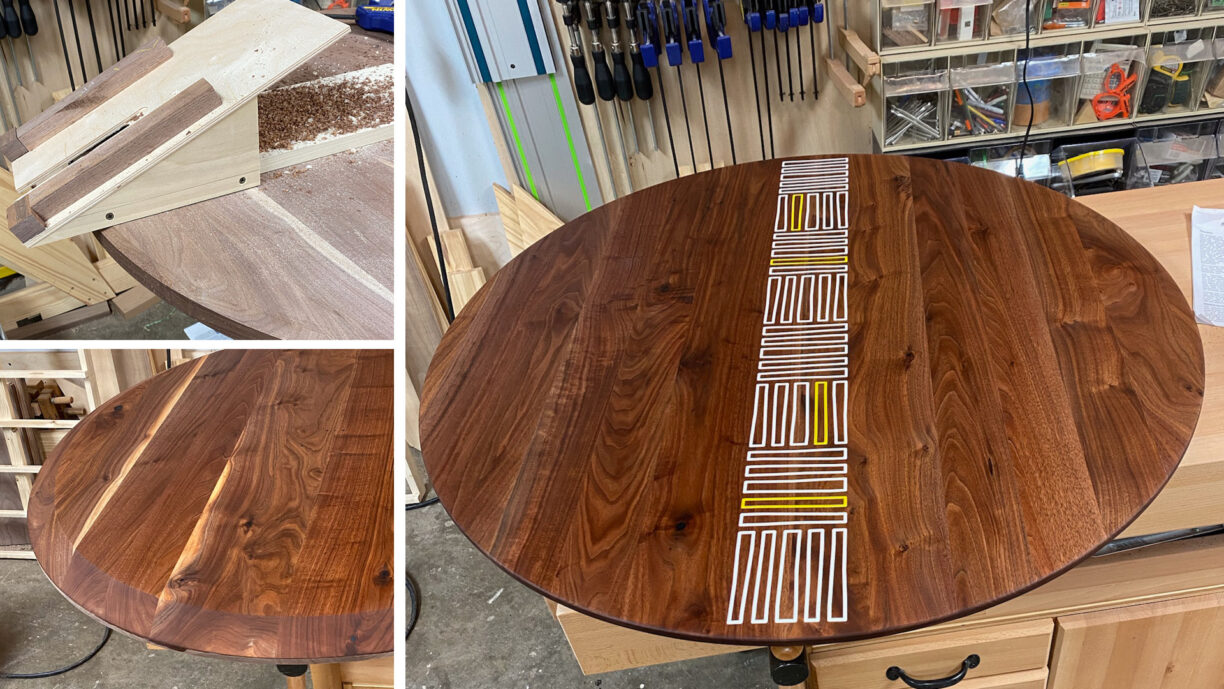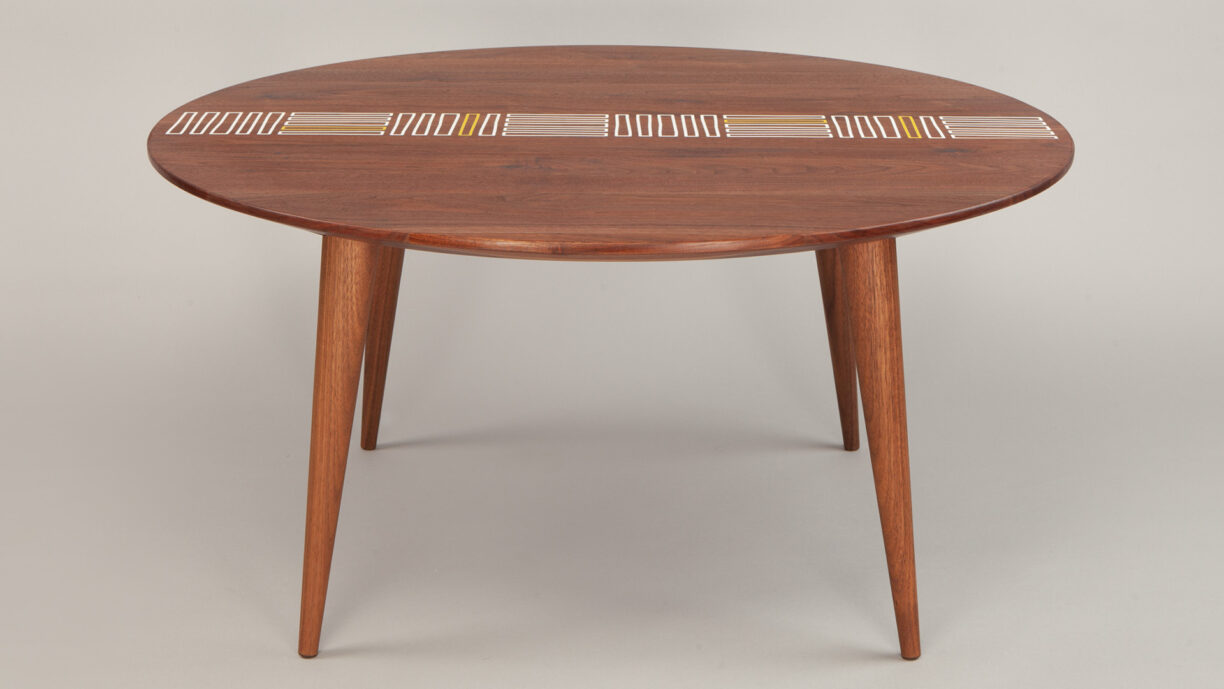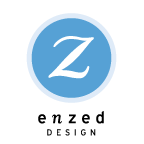January 8, 2025 - Comments Off on Four in Twenty-Four
Four in Twenty-Four
We had some fun and success last year working on a diverse array of projects for our clients, using a variety of skill sets. Here are four 2024 highlights.
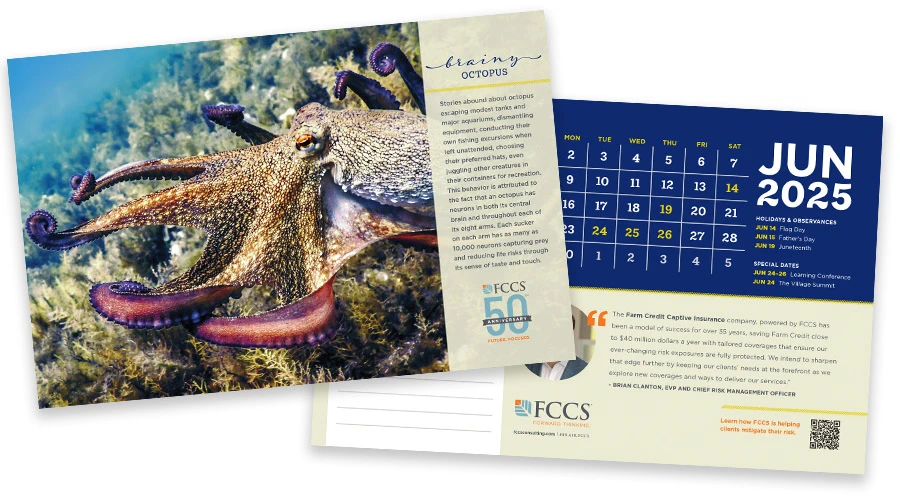
Time & Talent
For their 50th anniversary in 2025, FCCS wanted a fresh take on their popular custom desk calendar. Featuring captivating facts and photography, its purpose — beyond marking time — is marketing their events, conferences, programs, and people. This signature project, in its ninth year, is a smart and proven tool to connect with their clients on the daily.

Logos & Lifesavers
Two dams and a problem walk into a bar … or our design firm, in this case. The project? No small task: communicate that the Beaver Creek Dams in Newport, Oregon, are failing. We worked with Morris Operandi to create a campaign that provides clarity on the threat to Newport’s water supply and engages the public to support the city’s replacement plan.

Pages & Pies
Each season, we design five issues of the NSAA Journal, the National Ski Areas Association publication that provides relevant news to their members. This year, we added their visually-rich Annual Report to the mix. Its pages are filled with an abundance of photos, facts and figures, including bulleted sidebars, bar graphs, and pie charts. Mmmm … pie!
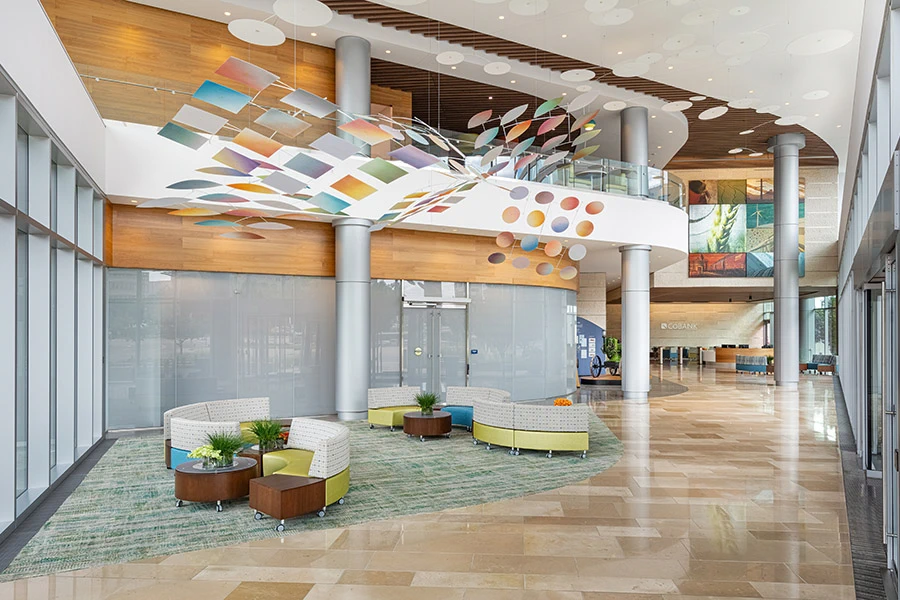
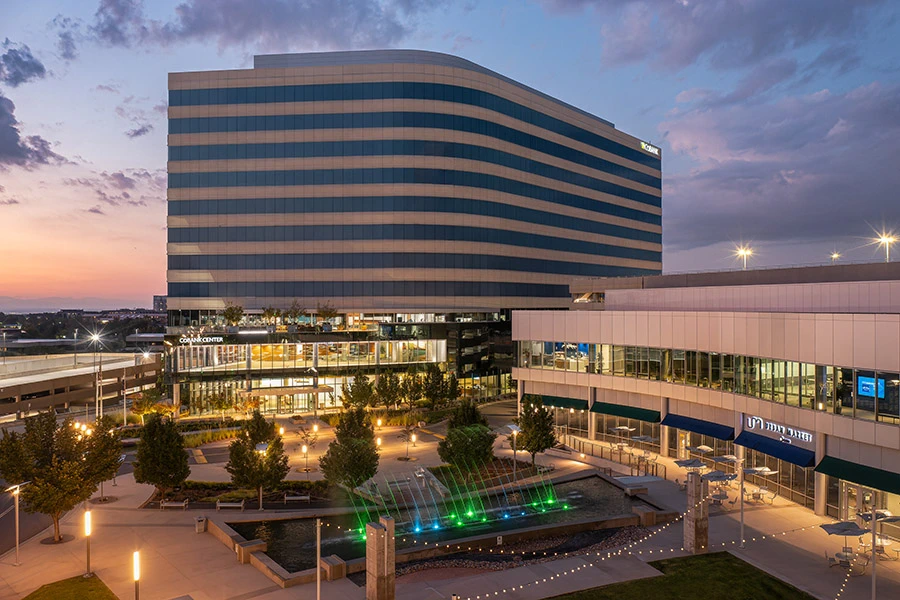
Time & Talent
For their 50th anniversary in 2025, FCCS wanted a fresh take on their popular custom desk calendar. Featuring captivating facts and photography, its purpose — beyond marking time — is marketing their events, conferences, programs, and people. This signature project, in its ninth year, is a smart and proven tool to connect with their clients on the daily.
Art & Assets
CoBank needed to update their branding assets library, so we assisted their internal marketing team by art directing fresh photography of their headquarters. We hired TG Image to capture their gleaming exterior, both from the ground and the air, then moved inside their light-filled lobby to document a half-dozen spaces featuring their art collection throughout.




















